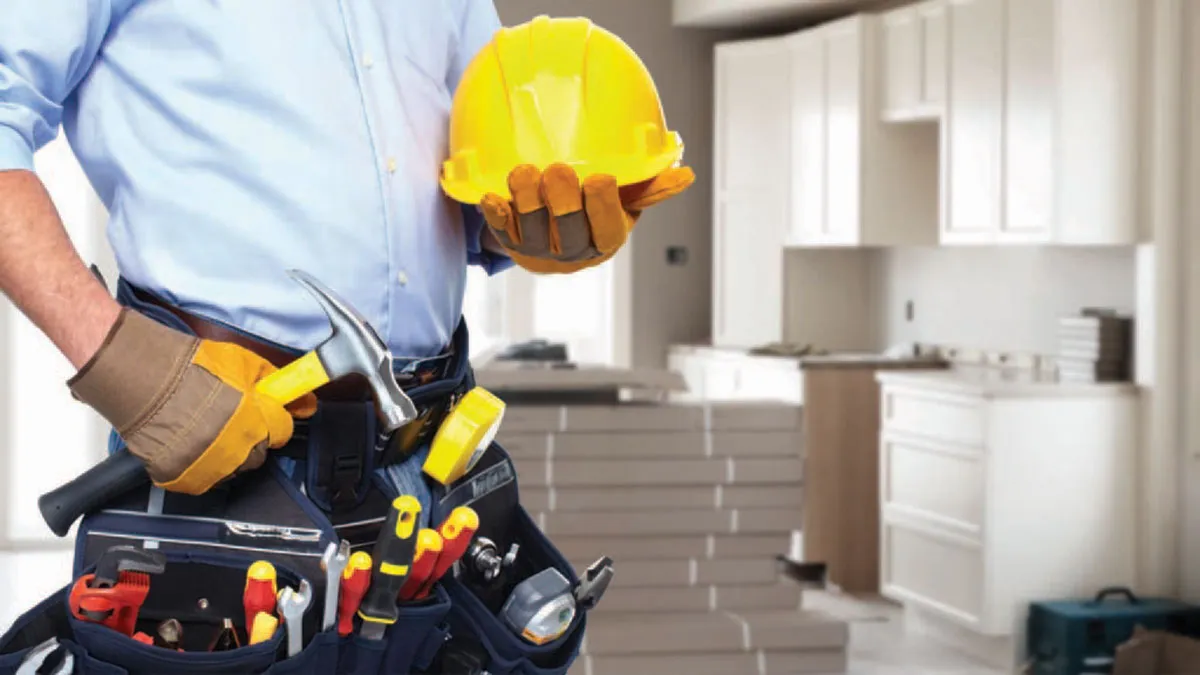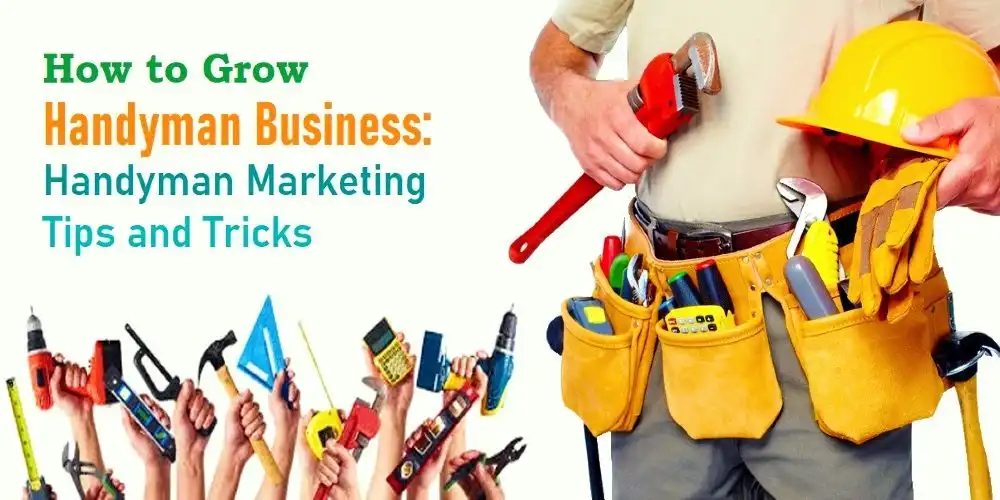As a handyman, safety should always be a top priority. Working with tools and equipment can be dangerous, and accidents can happen if you're not careful. Here are some essential safety tips and guidelines to help you stay safe on the job:
Get the Right Training
Proper training is essential for staying safe on the job. Make sure you have a good understanding of the tools and equipment you'll be using, and seek out training and certifications as needed. By understanding the proper techniques and safety protocols, you can avoid accidents and work more efficiently.
Use Personal Protective Equipment
Personal protective equipment (PPE) is critical for protecting yourself from hazards on the job. This can include gloves, safety glasses, hard hats, and other gear designed to prevent injury. Make sure you have the right PPE for the job, and wear it at all times to minimize the risk of injury.
Inspect Equipment Regularly
Before using any tools or equipment, take the time to inspect them for damage or defects. This can help you catch potential hazards before they become a problem. If you notice any issues, repair or replace the equipment before using it again.
Identify and Prevent Hazards
Take the time to identify potential hazards on the job site, such as trip hazards or electrical hazards. Once you've identified the hazards, take steps to prevent them, such as using caution tape to mark off dangerous areas or using lockout/tagout procedures to ensure that equipment is properly shut down before servicing it.
Plan for Emergencies
Even with the best safety practices in place, accidents can still happen. That's why it's important to plan for emergencies before they occur. Make sure you have a first aid kit on hand, and know how to use it. Establish emergency protocols, such as what to do in case of a fire or other emergency, and make sure everyone on the job site is aware of the plan.
Conclusion
Staying safe on the job is crucial for any handyman. By following these essential safety tips and guidelines, you can minimize the risk of injury and work more efficiently. Remember to always seek out proper training and certifications, use personal protective equipment, inspect equipment regularly, identify and prevent hazards, and plan for emergencies. With these best practices in mind, you can create a safer and more productive work environment for yourself and those around you. Always prioritize safety over speed or convenience and take the necessary precautions to protect yourself and your colleagues. By maintaining a commitment to safety, you can build a positive reputation as a reliable and responsible handyman, and ensure that your work meets the highest standards of quality and professionalism. So, follow these tips, stay vigilant, and stay safe on the job.






